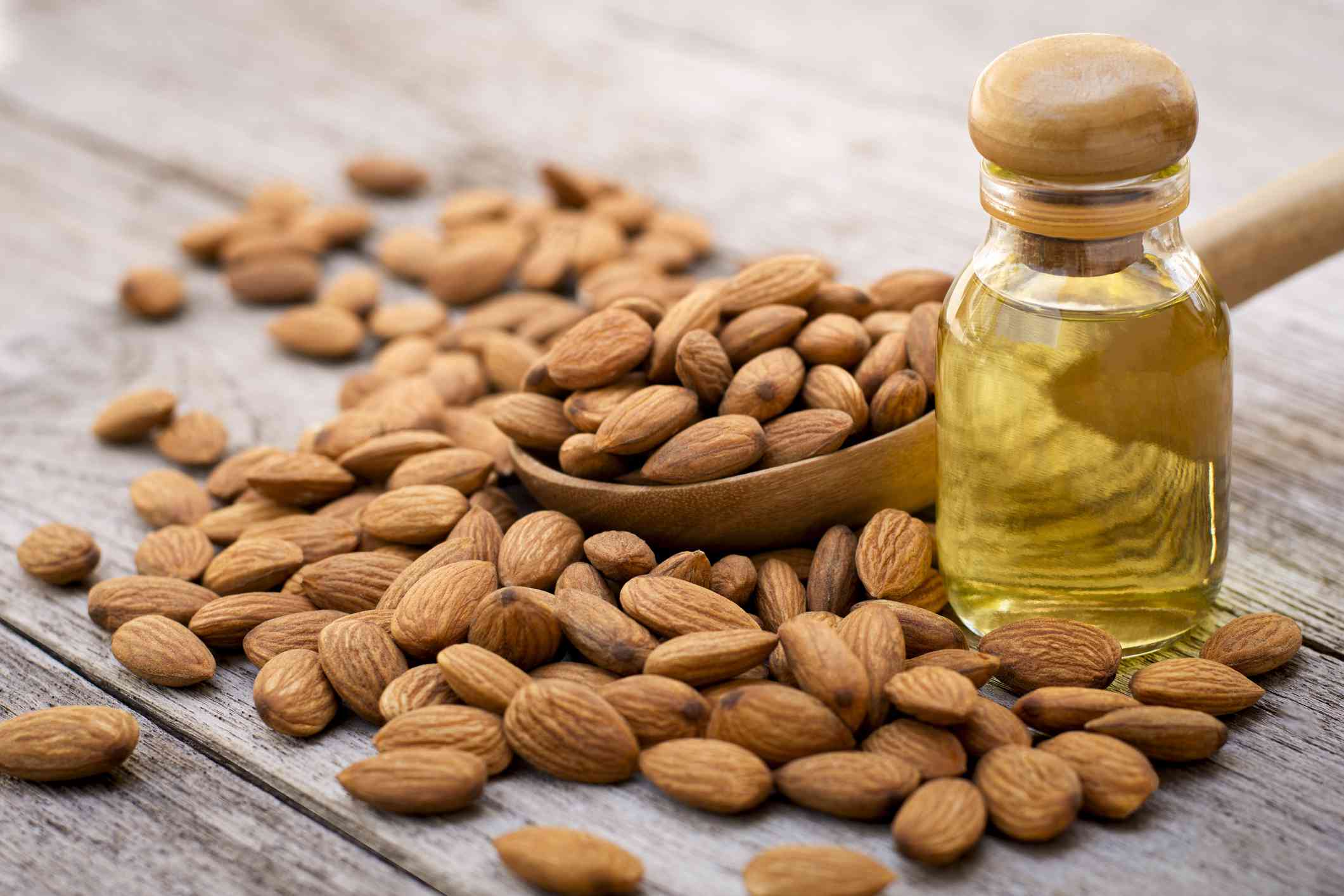10 Spiky Plants to Elevate Your Garden’s Tropical Look
Adding spiky plants to your garden can transport you to a tropical paradise right from your backyard.
These dramatic, textural plants offer a unique aesthetic that enhances both the visual appeal and the structure of your landscape. Whether used as a focal point or as a border plant, spiky plants bring a touch of the exotic to any garden. Their hardy nature ensures that you can enjoy their beauty no matter where you live. Here's a look at ten fantastic spiky plants that can transform your garden into a vibrant oasis.
Krantz Aloe
.png)
The Krantz aloe, with its impressive height and striking red and orange flowers, is a standout choice for those looking to add a dramatic touch to their garden. This aloe variety is notable for its rosettes of foliage that create a dense, spiky appearance. Thriving in full sunlight and tolerant of drought conditions, Krantz aloe is a resilient addition to any garden. It grows well in USDA Hardiness Zones 9-11 and prefers sandy, loamy, acidic soil. Its mature size can reach up to 9 feet tall and wide, making it a substantial and eye-catching plant. Plus, its deer-resistant nature ensures it remains a beautiful focal point without worrying about wildlife interference.
New Zealand Flax
New Zealand flax is a versatile and striking plant with sword-like leaves that radiate from its base. This plant makes a bold statement, especially when planted in groups. Available in a variety of colors, including green, yellow, pink, red, and bronze, New Zealand flax adds vibrant hues to your garden. The tubular blooms, which can be red or yellow, attract pollinators like hummingbirds. Thriving in USDA Hardiness Zones 9-11, it can handle full sun to partial shade and grows well in well-drained, acidic soil. With a mature size ranging from 1 to 6 feet tall and 1 to 3 feet wide, it offers flexibility in its placement and design.
Agave
Agave plants are known for their large, dramatic leaves that create a striking focal point in any garden. Some varieties of agave are cold-hardy, making them suitable for a range of climates. They thrive in full sun and prefer rocky, well-draining soil. Agave plants can grow quite large, with some reaching up to 10 feet wide. Although they eventually bloom, leading to the plant's death, they are often replaced with new plants in the same spot. With USDA Hardiness Zones ranging from 5 to 11, agave's spiky foliage adds a bold architectural element to your garden. The plant's deer-resistant nature further ensures its durability and aesthetic appeal.
Yucca
Yucca plants offer a tropical appearance and can withstand temperatures as low as 10 degrees Fahrenheit, making them suitable for a variety of climates. During summer and fall, yuccas produce white or pink blooms, particularly in optimal sun and shade conditions. The spiky leaves are sharp, so it’s wise to keep children and pets away. Yuccas have an extensive root system that can spread quickly, so be mindful of potential damage to foundations and sidewalks. With a mature size ranging from 1 to 30 feet tall and 3 to 15 feet wide, yucca provides versatility and striking visual appeal in your garden. It is deer-resistant, making it a reliable choice for diverse landscapes.
European Fan Palm
For a spiky tropical look that can endure colder temperatures, the European fan palm is an excellent choice. This hardy palm can survive temperatures down to 10 degrees Fahrenheit and adds a unique texture to your garden. You can grow it with a single trunk for a tree-like appearance or with multiple trunks for a shrub-like effect. In spring, it produces yellow flowers and small fruits, adding seasonal interest. Thriving in USDA Hardiness Zones 8-11, it adapts well to full sun or partial shade and prefers loamy, moist, well-drained soil. With a mature size of 6 to 15 feet tall and 6 to 20 feet wide, it provides both elegance and durability.
Prickly Pear Cactus
.png)
The prickly pear cactus is instantly recognizable with its flat, round pads covered in spikes. This plant adds a desert-like aesthetic to your garden, but it is surprisingly resilient to colder weather. It thrives in full sun and requires minimal watering to avoid damage. Prickly pear cactus, which blooms in early summer, can grow up to 8 feet tall and wide. It’s well-suited for USDA Hardiness Zones 4-11 and prefers dry, sandy, or gravelly soil. The cactus’s unique appearance and deer-resistant qualities make it a standout addition to any garden.
Sea Holly
Sea holly offers a more delicate take on spiky plants with its sharp-looking, metallic purple-blue flowers that emerge from tall stems. This perennial plant, which self-seeds and returns year after year, brings a charming cottage garden look to your landscape. Sea holly thrives in full sun and grows well in sandy, well-drained soil. With a mature size of 2 to 3 feet tall and 1 to 2 feet wide, it adds a striking, yet graceful, touch to your garden design. Its deer-resistant nature further ensures its longevity and beauty.
Cordyline
Cordyline, known for its spiky, leathery leaves and vibrant colors, makes a dramatic architectural statement in any garden. Available in red, yellow, purple, and white, this plant can be grown as a perennial in warmer regions or as an annual in colder climates. It thrives in full sun to partial shade and prefers well-draining, acidic soil. With a mature size of 3 to 6 feet tall and wide, cordyline adds both color and texture to your garden. Its deer-resistant nature makes it a robust and attractive choice for various landscaping needs.
Windmill Palm Tree
If you're looking for a spiky palm tree that can handle colder temperatures, the windmill palm tree is a perfect choice. This cold-hardy palm can survive temperatures down to 10 degrees Fahrenheit, making it suitable for a wider range of climates. It adds sharp-edged foliage to your garden, particularly when grown at smaller sizes. Windmill palm thrives in USDA Hardiness Zones 7-11 and prefers full sun to partial shade. It grows well in loamy, sandy, moist but well-drained soil. With a mature size of 10 to 40 feet tall and 4 to 10 feet wide, it offers a striking, tropical look.
Blue Fescue
.png)
Blue fescue is a spiky ornamental grass that provides a unique texture and color to your garden. With its sharp-edged silvery blue tufts, it makes an excellent edging plant. Blue fescue is a fast-growing perennial that fills in your landscaping each year. It thrives in full sun to partial shade and prefers moist, well-draining soil. With a mature size of 6 to 12 inches in height and 6 to 18 inches in spread, blue fescue adds a striking visual element while being easy to maintain. Its deer-resistant qualities further ensure its durability and appeal.
The Bottom Lines
Incorporating spiky plants into your garden design not only enhances its visual interest but also adds structure and durability. With options suitable for various climates and growing conditions, you can create a stunning garden that reflects the beauty and resilience of these unique plants.
For more gardening tips and inspiration, sign up for our free gardening newsletter and stay updated on the latest growing tips, troubleshooting hacks, and more!
LATEST

Last updated: Aug 31, 2024

Last updated: Sep 10, 2024

Last updated: Sep 10, 2024

Last updated: Aug 31, 2024

Last updated: Aug 31, 2024

Last updated: Aug 19, 2024
